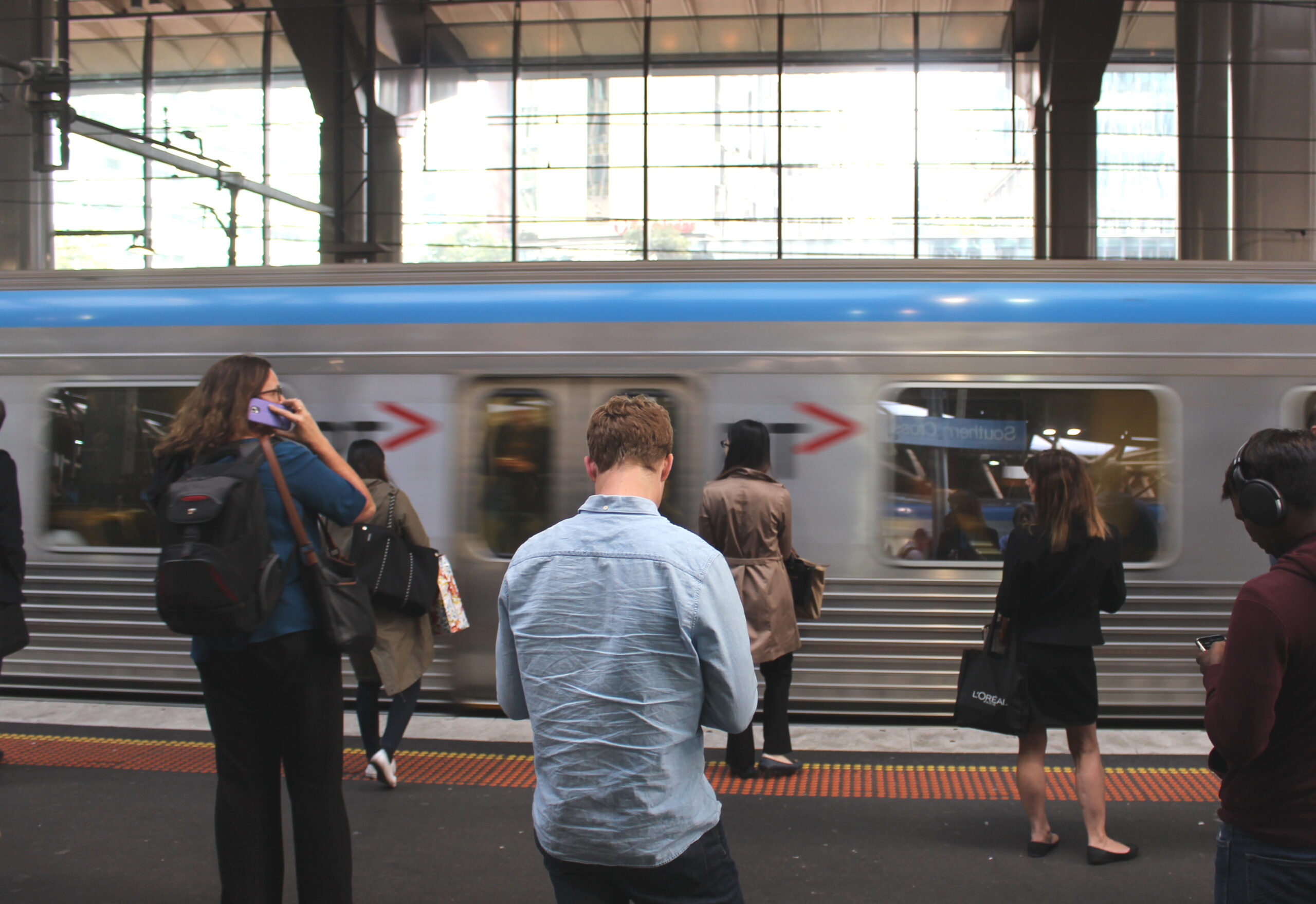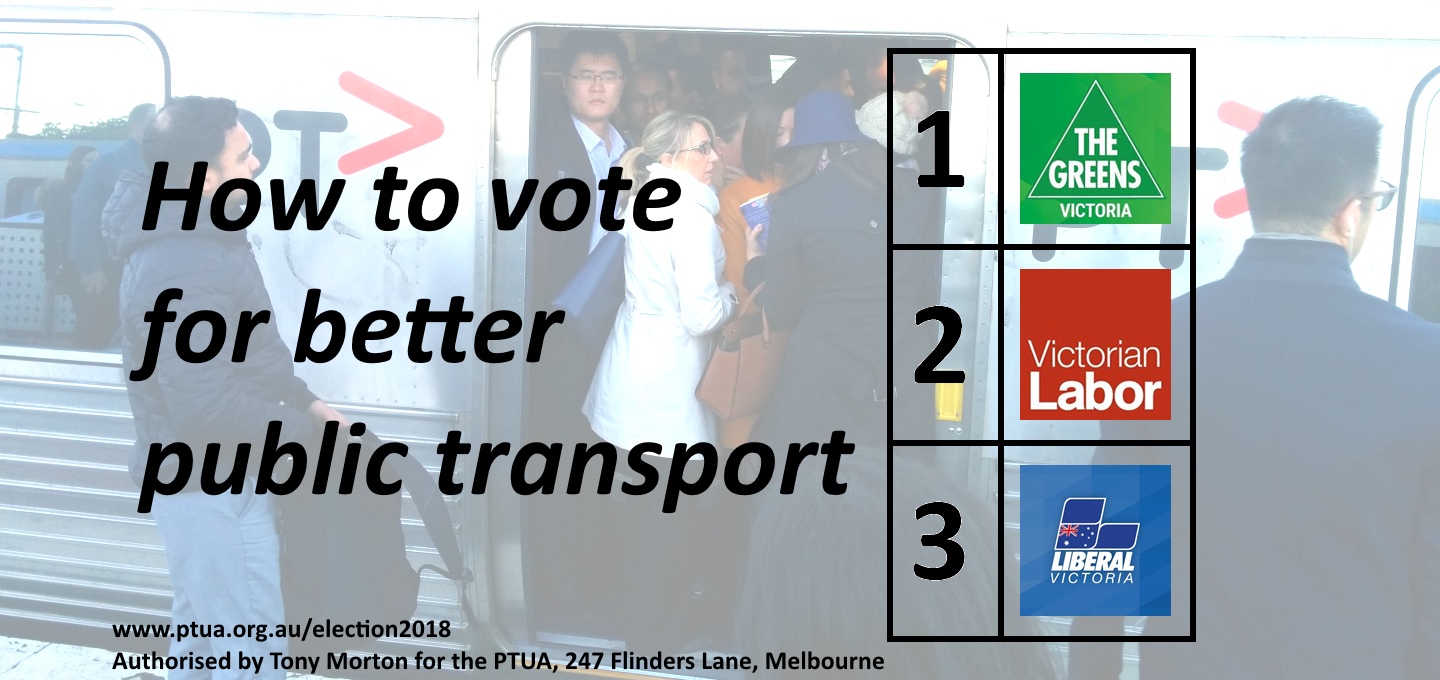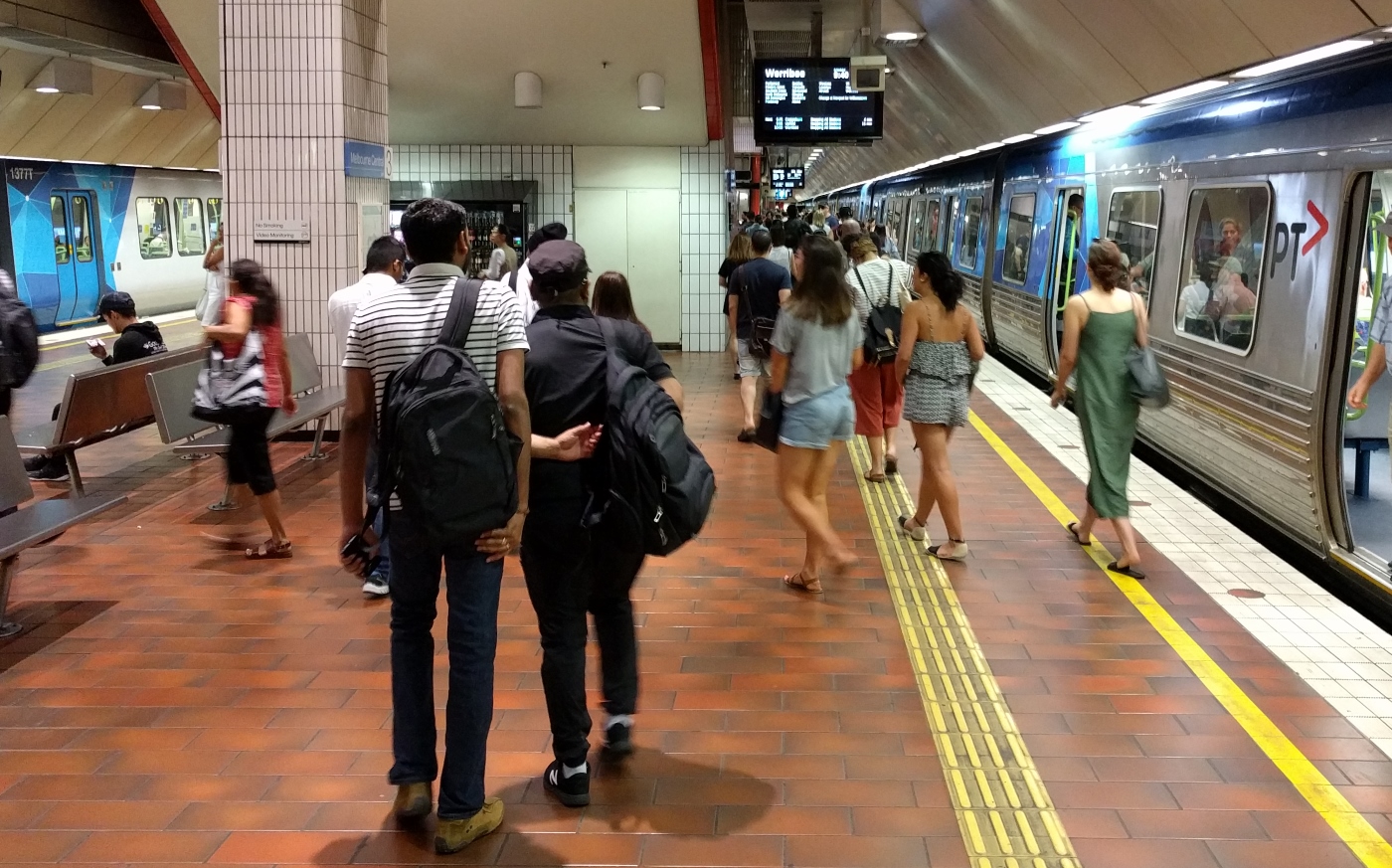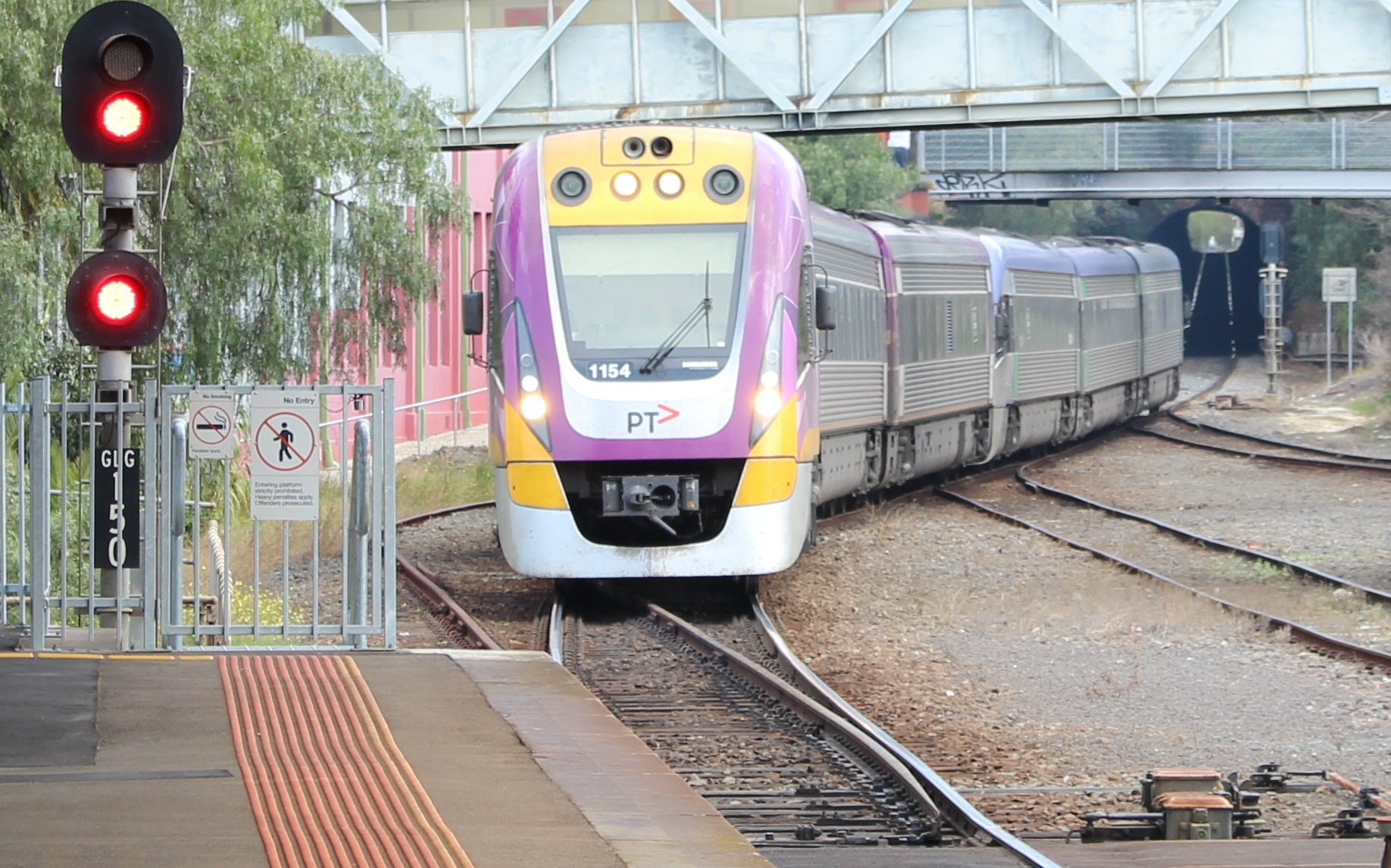Category: Election 2018
-
Election 2018: our scorecard
2014-2018 has seen significant public transport investment under Labor, and they have delivered on their major promises. But as Melbourne continues to grow, and demand for regional travel increases, the challenge ahead is to build a public transport network not only copes with patronage growth, but also provides usable services into areas which currently don’t…
-
PTUA welcomes rail pledges
The Public Transport Users Association (PTUA) has welcomed state Labor and Coalition pledges to expand Melbourne’s rail network. Labor today pledged funding for a plan for airport rail via Sunshine if re-elected. In recent weeks the Coalition has pledged suburban rail extensions of the Cranbourne line to Clyde, and the Frankston line to Baxter. PTUA…
-
PTUA welcomes Coalition plan for new long-distance trains
The Public Transport Users Association (PTUA) has welcomed the Coalition’s pledge to order new VLocity trains for use on long-distance lines in Victoria, if elected in November. PTUA Regional Spokesperson, Paul Westcott, said the existing long-distance trains were overdue for replacement. The Coalition promise would see older locomotive-hauled trains replaced by more modern modified versions…
